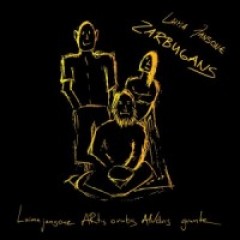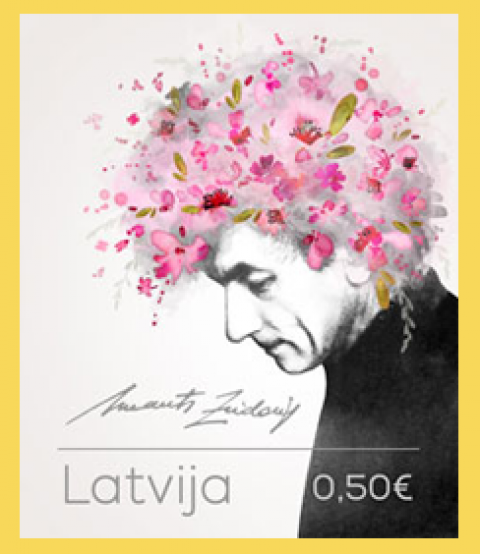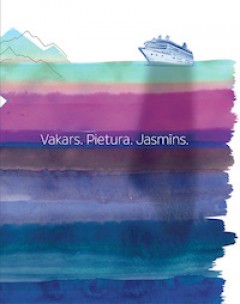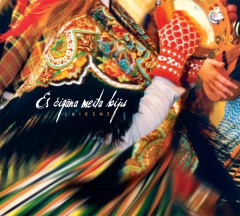
Some of the best rock ensembles throughout history have been described as ‘power trios’, made up of a guitarist, a bassist, and a drummer, with one of the members normally handling vocals.
In a Latvian twist on the ‘power trio’ concept – what would happen if you switched out the guitarist with a kokle performer? The result is one of 2013’s most striking and unique recordings, entitled Zarbugans.
This particular power trio is kokle player Laima Jansone, bassist Andris Grunte and Artis Orubs on percussion. The ensemble began playing together at the 2012 Rīgas Ritmi festival and the eclectic instrumental music that they have created together combines aspects of folk, popular, rock, and jazz music into an engaging musical synthesis.
Much of the music on Zarbugans has a very improvisational feel to it, making the listener think of a journey of three people, each of whom has the same destination, but each takes a different route to reach it.
One of the main reasons Zarbugans has such a unique sound is kokle player Jansone, who, besides being an acknowledged wizard with the instrument, has often strived to combine modern and traditional elements in her performances. Take, for example, the first track – “Uguns”. This fiery piece begins with an uptempo, driving melody in the kokle, providing for some energetic pyrotechnics from Jansone. Over the course of the song, the music becomes very exploratory in nature, as the kokle, aided by effects that give it an almost unearthly sound, takes on an almost mystical tone, before the theme returns at the end.
The traditional comes to light in “Pusnakts šūpuļdziesma diviem”, which uses elements of the Latvian folk song and lullaby “Aijā, žūžū, lāča bērni”. The folk song begins a metamorphosis into something almost nightmarish, with the kokle’s harsh, distorted sounds, before returning to a more dreamlike state where the familiar folk song melody returns.
Bassist Grunte provides the foundation for “Puķe, puķe, roze, roze”, introducing the song with a jumpy, slightly erratic baseline that is then built upon by drummer Orubs’ frenetic percussion, which then paves the way for Jansone to join in with a kokle melody that is at times soaring, at times subdued.
The title of the record – Zarbugans – is actually a percussive instrument that was designed by drummer Orubs. This unique instrument features on the title track of the album, providing a backdrop for the interplay between Jansone and Grunte. Orubs’ deliberate, rapid fire playing provides the climax for the song, with machine gun intensity.
“Laiks ir tuvu” provides more mystical elements for the listener, with an otherworldly, even ominous kokle sound suggesting a cataclysmic event, perhaps the dawn – or end – of time.
Zarbugans is certainly one of the most innovative and creative albums to be released in recent months. With its improvisational style, veering between the melodic and the jarring, between the calm and the tense, it provides an emotional and eclectic journey. Jansone, Orubs, and Grunte have pooled their talents and created a vivid kaleidoscope of sound, combining elements of both Latvian folklore and jazz, among other elements, that can be at time entrancing, at time clashing, but, in the end, a memorable listen.
Details
Zarbugans
Laima Jansone, Artis Orubs, Andris Grunte
Riga: Mūsdienu Mūzikas Centrs, 2013
MMC CD 011
Track listing:
1. Uguns
2. Ganu stabules melodija
3. Gula meitīna
4. Puķe, puķe, roze, roze
5. Ķipis -> Kippis!
6. Pusnakts šūpuļdziesma diviem
7. Elektriskais gans
8. Zarbugans
9. Laiks ir tuvu
10. Vilciņš






